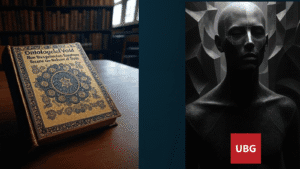Scientist Behind Superconductivity Fake Claims Fired

University of Rochester physicist Ranga Dias’ claims of high-temperature superconductivity were controversial and retracted due to scientific misconduct. Despite denying wrongdoing, the university conducted a formal investigation and terminated Dias’ employment.
A spokesperson confirmed Dias’ termination, stating he engaged in research misconduct while a faculty member. The decision rested with the Board of Trustees after a recommendation from President Sarah Mangelsdorf.
Dias’ lawsuit against the investigation was dismissed in April. Ars Science Editor John Timmer reported on Dias’ initial breakthroughs in Nature in 2020 and subsequent retractions.
Dias’ lab was focused on high-pressure superconductivity. At extreme pressures, the orbitals where electrons hang out get distorted, which can alter the chemistry and electronic properties of materials. This can mean the formation of chemical compounds that don’t exist at normal pressures, along with distinct conductivity. In a number of cases, these changes enabled superconductivity at unusually high temperatures, although still well below the freezing point of water.
Dias, however, supposedly found a combination of chemicals that would boost the transition to superconductivity to near room temperature, although only at extreme pressures. While the results were plausible, the details regarding how some of the data was processed to produce one of the paper’s key graphs were lacking, and Dias didn’t provide a clear explanation.
The ensuing investigation cleared Dias of misconduct for that first paper. Then came the second paper, which reported another high-temperature superconductor forming at less extreme pressures. However, potential problems soon became apparent, with many of the authors calling for its retraction, although Dias did not.






